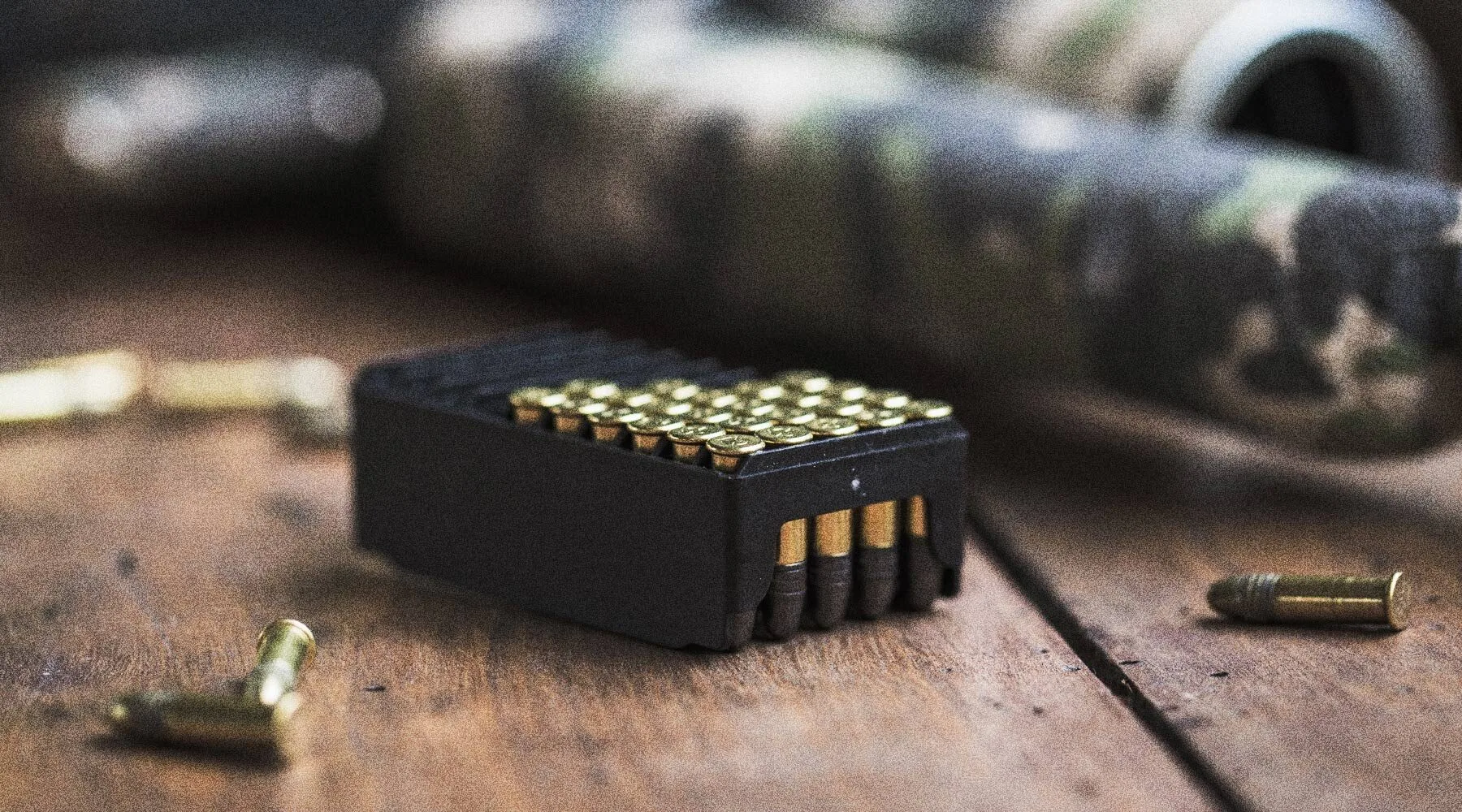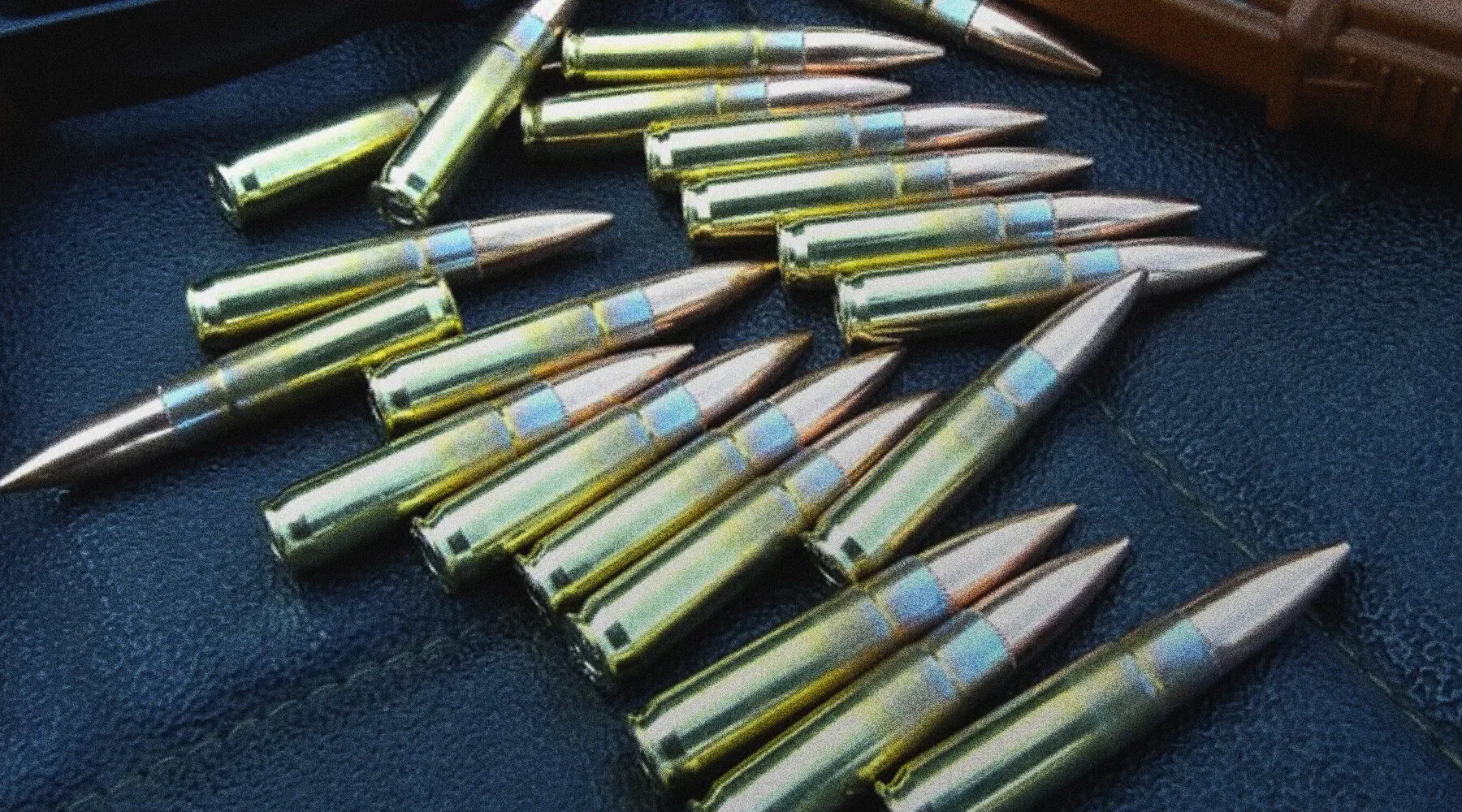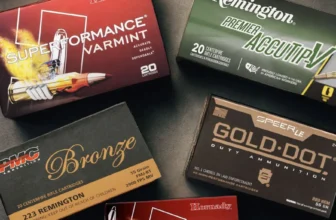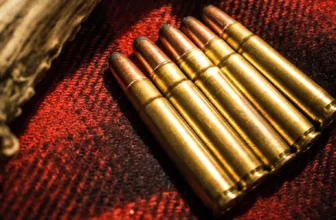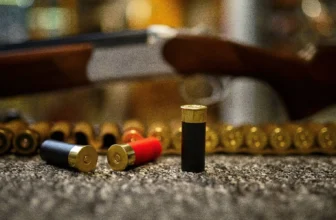TL;DR: 22 Hornet vs 223 Remington

Muzzle Velocity 2900 fps
Muzzle Energy 1250 ft lbs
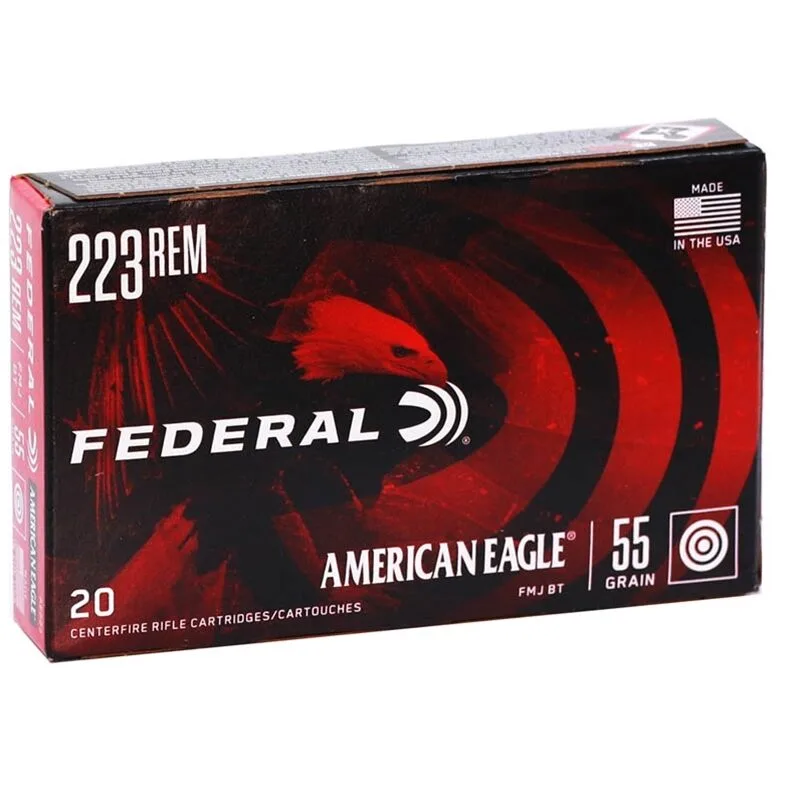
Muzzle Velocity 3240 fps
Muzzle Energy 1282 ft lbs
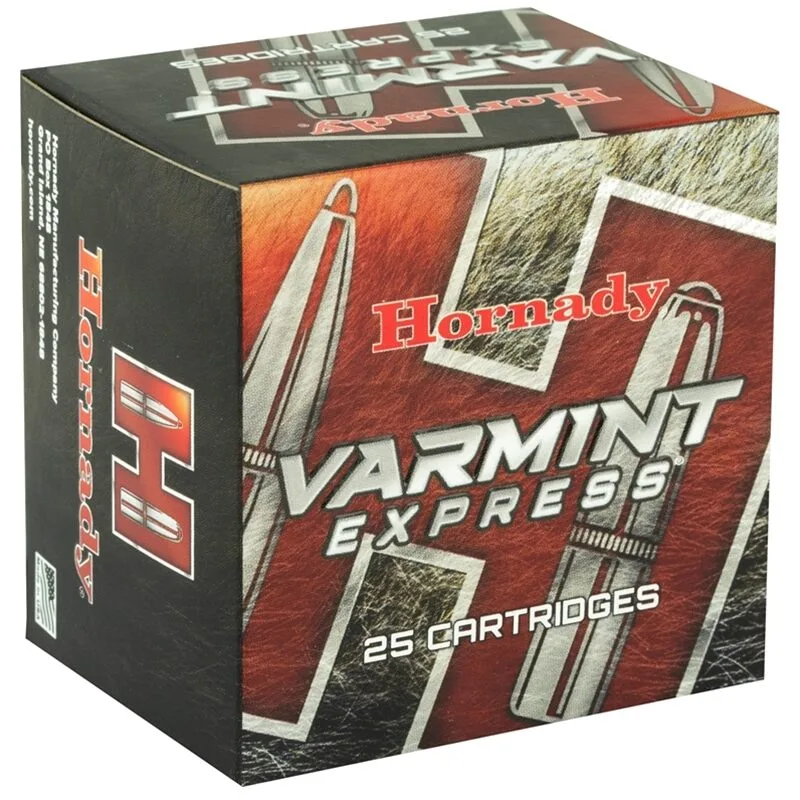
Muzzle Velocity 3100 fps
Muzzle Energy 747 ft lbs
For shots under 200 yards and small varmint, the old school feel of the .22 Hornet is a great choice with low recoil. The 22 Hornet is NOT for deer or large game.
The 223 can reach past 300 yards and run in a semi-auto, but it will demolish small varmint. And while it can work on deer with the right grain and perfect shot placement, it is not the best choice.
If you’ve spent any time hunting small game or dealing with varmints, you’ve probably run across the .223 Remington. It’s everywhere. It’s reliable. It’s accurate. And it’s built for modern rifles. But every now and then, someone brings up the .22 Hornet. It’s older, quieter, and still hanging in there after all these years. It’s definitely not as common, but it has its place on the table.
The thing is, even though both are .22 caliber centerfire rounds, they’re not really in the same lane. The .223 is better suited for longer distances, faster shooting semi-autos like the AR-15. The Hornet’s more of a quiet, low-recoil option. Great inside 200 yards, especially if you’re working with a bolt-action.
Whether you’re hunting coyotes or just looking for a fun round to plink with, it’s worth knowing the differences. I’ll lay out the basics: ballistics, how they shoot, where they shine, a little history too. You don’t need to be an expert. Just need to know enough info to help you pick the right one for what you’re doing.
Other Relevant Reads:
Cartridge Specs Side‑by‑Side
Both the 223 Rem and 22 Hornet shoot a .224″ bullet, but that’s pretty much where the similarities stop. They were built with completely different goals in mind, and you can really see that when you look at the cases. Different time periods, different needs, and it shows in the details.
| .22 Hornet | .223 Remington | |
| Designer | Townsend Whelen, G. L. Wotkyns | Remington Arms |
| Designed | 1930 | 1962 |
| Place of Origin | United States | United States |
| Typical Bullet Weights | 35 – 45+ gr | 55 – 77 gr |
| Case Type | Rimmed, bottleneck | Rimless, bottleneck |
| Primer Type | Small rifle | Small rifle |
| Parent Case | .22 WCF (Winchester Centerfire) | .222 Remington |
| Bullet Diameter | 0.224″ | 0.224″ |
| Neck Diameter | 0.243″ | 0.253″ |
| Base Diameter | 0.298″ | 0.376″ |
| Rim Diameter | 0.350″ | 0.378″ |
| Rim Thickness | 0.050″ | 0.045″ |
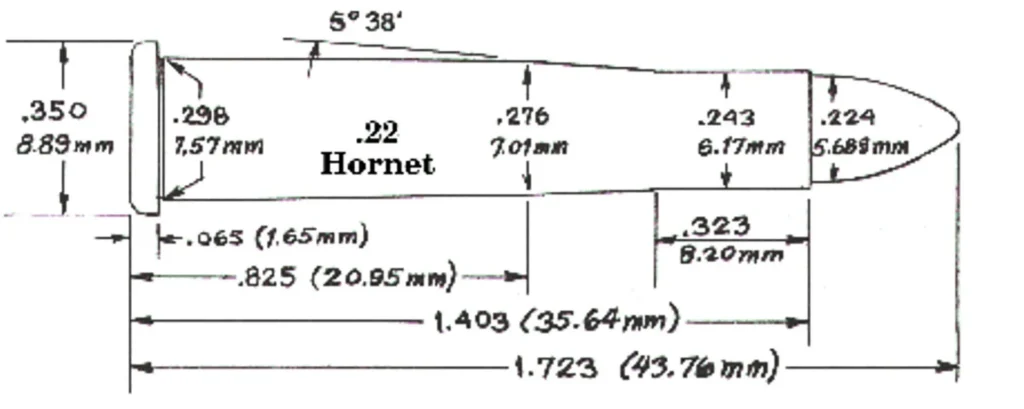
The .22 Hornet’s been around since the 1930s, and it actually came out of the old .22 Winchester Centerfire (WCF).
Back then, it was a big deal and was one of the first small game rounds to really push the speed limits. It’s a rimmed cartridge with a pretty slim case, distinct shoulders and not a ton of powder. It’s built mainly for bolt actions and single shot rifles. But for its time, it was a game changing cartridge.
With the 22 Hornet, you could shoot flat and accurately out to 200 yards… Think about how cool this was before scopes were common.
Even U.S. aircrews packed Hornet rifles in their WWII survival kits, and that says A LOT about how useful it was.
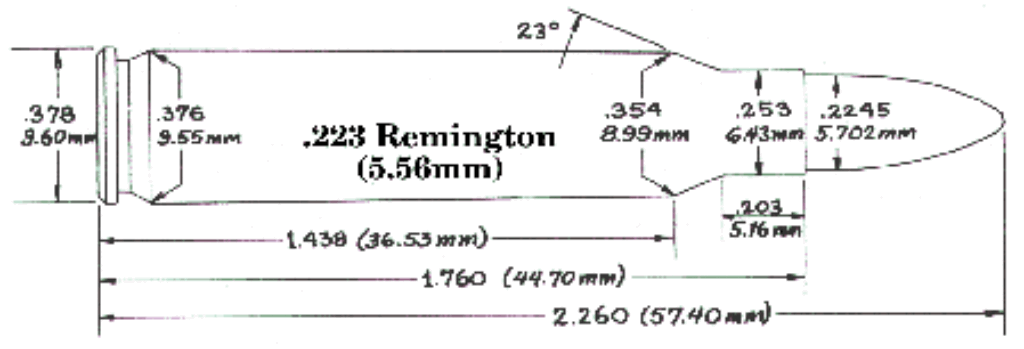
The .223 Remington didn’t show up until the late ‘50s. It was developed in 1957 and hit the market in the early ’60s. The close cousin of the 5.56 NATO became the go-to for AR-15-style rifles fairly quickly.
Compared to the Hornet, the .223 has a longer, rimless case and packs wayyy more powder, like, over twice as much. That extra juice means it can push heavier bullets a lot faster.
Ballistically, it’s just a stronger performer. It holds its energy better, shoots flatter, and handles wind way more efficiently out past 500 yards.
Despite all that power, recoil is minimal, so it’s easy to stay on target and get in quick follow-up shots. No surprise it’s a top pick for everything from varmint hunting to tactical setups and competition shooting.
That being said, the .22 Hornet hasn’t fallen off the wagon QUITE YET. It’s still got plenty going for it. Super light recoil, not much noise, and there’s just something old-school and likable about it.
For hunting inside 200 yards, especially where noise might matter, it really shines. It’s one of those rounds people pick up on a whim and end up loving. Even if you’ve got a hot-rod .223 in the safe, there’s a good chance you’ll keep reaching for the Hornet now and then.
Where Each Round Shines
| Use Case | .223 Remington | .22 Hornet |
| Home Defense | Clear winner, works great in AR-style rifles with reliable semi-auto stopping power | Not ideal, bolt-action or single-shot and limited stopping power |
| Rural Varminting | Excellent, long range, flat shooting, lots of ammo options | Also solid, good inside 200 yards with minimal noise and recoil |
| Urban/Suburban Pests | Can be loud, risk of overpenetration or alarming neighbors | Quieter and softer, great for areas where noise is a concern |
| Recreational Shooting | Great for rapid fire and tactical training | Fun and nostalgic, low recoil and a classic bolt-gun feel |
Ballistics Match-Up: .22 Hornet vs .223 Remington
Before diving in, here’s a quick refresher on two key terms:
- Muzzle Velocity (feet per second, fps): The speed at which a bullet exits the muzzle of a firearm. As it travels downrange, gravity and air resistance slow it down, resulting in “bullet drop.”
- Ballistic Coefficient (BC): A measure of a bullet’s aerodynamic efficiency. Higher BC = less drag, better wind resistance, and more velocity retained at long range.
With that out of the way, let’s compare the 22 Hornet vs. 223 Remington.
Is the 22 Hornet vs 223 Remington Speedier?
When it comes to speed, the .223 Rem is in another league. It regularly pushes bullets past 3,000 feet per second, thanks to its bigger case and modern powder loads. That makes for nice, flat, accurate shooting out past 500 yards.
Most factory loads run 55 to 62 grains, which are fine, but since they’re so light, the further they fly the more they get pushed around. You have to step up to a heavier match load like 69 or 77 grain to avoid this.
The .22 Hornet plays a different game. It’s built for short to mid-range work. Velocities usually land between 2,400 and 3,100 fps, and bullets tend to be lighter around 35 to 45 grain.
It dips below the speed of sound after 300 yards, so you’ll see more drop and drag. Still, inside 200 yards, it’s fast, accurate, and perfect for varmints.
Ballistic Coefficients (BC) of 22 Hornet vs 223 Remington
When it comes to how well a bullet cuts through the air, ballistic coefficient matters. A higher BC means better retained velocity, flatter flight, and less wind drift, especially as distances stretch out.
For the .22 Hornet, lighter varmint loads like the 35gr V-MAX carry a lower BC around 0.109, which means they are much more sensitive to wind. Heavier options like the 45gr Soft Point perform a bit better, with a BC of about 0.202, but they’re still best suited for closer shots inside 200-300 yards.
The .223 Remington, on the other hand, starts stronger. Even a lightweight 35gr NTX clocks in with a BC around 0.177, and the popular 55gr V-MAX sits at 0.255, which is a noticeable jump in aerodynamic efficiency. That’s part of what gives the 223 Rem its long range appeal and better performance in windy conditions.
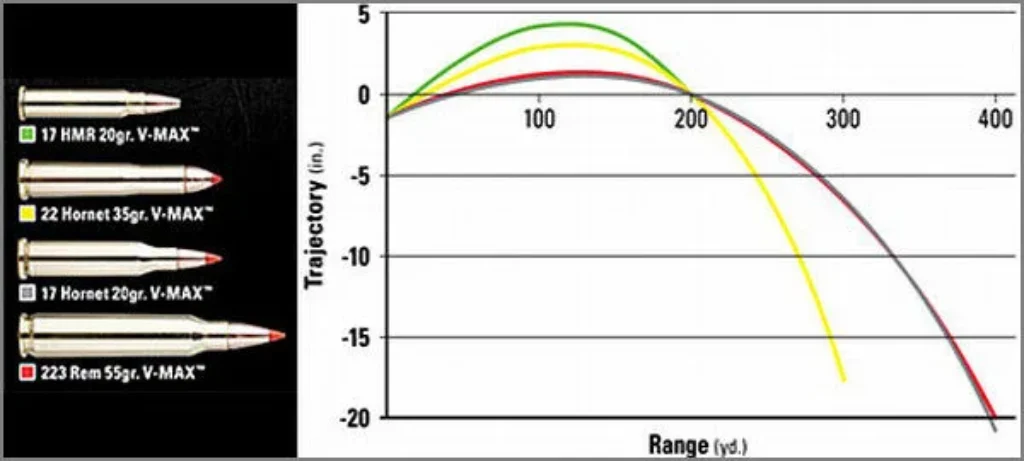
Below is a 22 Hornet vs 223 Remington ballistics chart showcasing data from 10 different brands. (Data here is approximate and varies by firearm, barrel length, etc. Take it lightly.)
| Cartridge | Commercial Load | Bullet Wt (gr) | Muzzle Velocity (fps) | Muzzle Energy (ft-lb) | Use-Case |
| 22 Hornet | Hornady Varmint Express 22 Hornet Ammunition 35 Grain Hornady V-Max | 35 | 3070 | 732 | Small Game Hunting |
| 22 Hornet | Remington High Performance Rifle 45 gr Pointed Soft Point | 45 | 2690 | 723 | General Varmint / Small Game Hunting |
| 22 Hornet | Federal Varmint & Predator 22 Hornet Ammunition 35 Grain Tipped Varmint | 35 | 3000 | 699 | Varmint Hunting / Small Game Hunting |
| .223 Rem | Federal Gold Medal 77 gr Sierra MatchKing HP | 77 | 2720 | 1265 | Precision / Competitive Shooting |
| .223 Rem | PMC Bronze 55 gr FMJ BT | 55 | 2900 | 1250 | Target Practice / Reliable Plinking |
| .223 Rem | Winchester Universal 55 gr Polymer Tip | 55 | 3240 | 1282 | Small Game / Target with Flat Flight |
Stopping Power and Ethics
Both the .22 Hornet and .223 Rem are solid choices for varmints, but once you start talking about larger game, like deer, you’re entering gray territory.
The Hornet just doesn’t pack the right punch, it falls short. Don’t get me wrong, it’s a great little round, but asking it to take down a deer cleanly is pushing it too far, both ethically and practically.
The .223 is a bit more capable, and even the 223 pushes it, sparking debate. You’ll definitely need to use heavier, high-quality bullets, like a 75-grain Swift Scirocco II or similar, to get the penetration and expansion needed for a clean kill. Even then, shot placement has to be spot-on.
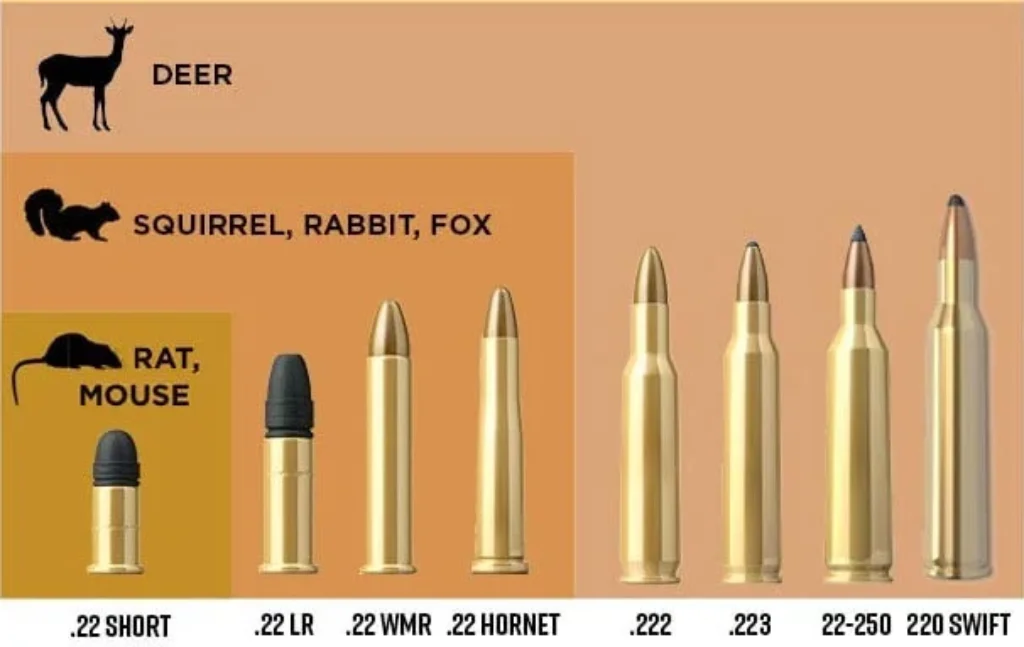
Bottom line: just because it can do the job doesn’t always mean it should. There are always better options.
Recoil and Shooting Comfort
If you’re after a soft-shooting, easygoing round, the .22 Hornet is hard to beat. It hardly has any kick, pretty close to a rimfire, and it’s quiet enough that it won’t rattle the neighbors or your eardrums. That makes it a great pick for new shooters, younger hunters, or anyone who just wants a more relaxed shooting experience.
The .223 kicks a little more, but it’s still very tame by centerfire standards. A lot of folks see it as the gateway into serious rifle ballistics, as it gives you impressive speed and range without beating you up.
For most shooters, recoil from the .223 is light enough to maintain accuracy with a fast follow-up, which is a big part of why it’s become such a popular all-around round.
Cost and Reloading
This is where the .223 really takes rank. Because of its military roots and widespread use, it’s one of the cheapest centerfire rounds out there.
The ammo is incredibly easy to find, and if you reload, there’s no shortage of once-fired brass floating around. It’s a dream for high volume shooters who want good performance without dropping a bag.
The .22 Hornet, on the other hand, isn’t quite as budget friendly. It’s made a bit of a comeback lately, with powders like LilGun giving it new life, but the brass is thinner, and the round itself is a bit finicky. If you reload, you’ve got to be a lot more careful. It’s doable, but not ideal for cranking out big batches.
A Brief History
Origins of the 22 Hornet
The .22 Hornet showed up in the 1930s and was way ahead of its time, offering decent range with barely any kick. It was a breakthrough for small game hunters who wanted more than a .22 LR but didn’t need a full-size rifle caliber.
As previously stated, it even made its way into WWII survival kits for U.S. aircrews, which says a lot about how much trust folks had in it. For decades, it was the go-to for foxes, groundhogs, and anything else small and quick.
Origins of the 223 Remington
Then came the .223 Rem in the late ’50s, originally designed for military use and later adopted as the 5.56 NATO. Once it hit the civilian market in the 1960s, it exploded in popularity, especially with the rise of the AR-15. It wasn’t just a military round anymore.
Hunters, target shooters, ranchers, and even competitive marksmen started turning to it for its speed, low recoil, and overall flexibility. Today, it’s one of the most widely used rifle rounds in North America, right up there with .308 and .30-06.
Final Notes on the 223 vs 22 Hornet
At the end of the day, the .223 Rem is the powerhouse since it is faster, more versatile, and easier on the wallet, especially if you shoot a lot. It’s the obvious pick for long-range work, tactical setups, or hunters who want reach without breaking the bank.
But don’t count out the .22 Hornet. It’s still got a loyal fan base, and for good reason. It’s easy on the shoulder, quiet, and brings a certain charm that modern rounds just don’t have. Inside 200 yards, it hits the nail on the head, and for folks who appreciate vintage gear that still gets the job done, it’s tough to beat.
So which one’s right for you? That depends on how you shoot, where you shoot, and what matters most to you.
Bulk-Buy & Deals
Whether you’ve settled on the unique and charming 22 Hornet or the versatile and affordable .223 Remington, Target Sports USA has the ammunition to feed your fire.
Additionally, for shooters prioritizing cost-effectiveness for high-volume shooting, bulk purchases with the AMMO+ membership offer significant savings. Check out our current deals and enjoy the convenience of ammunition shipped directly to your door.
Disclaimer: Always handle firearms responsibly and adhere to all local, state, and federal laws. The information provided is for educational purposes. Seek professional training from a qualified firearms instructor.
Check out our Instagram for updates on deals, giveaways, and more! We also have an X here.
Photo Credit in Order: https://www.americanrifleman.org/content/the-22-hornet-history-performance, https://loaddata.com/Cartridge/223-Remington-52-GR-Speer-Reloading-Manual-14/4752, https://bulletin.accurateshooter.com/tag/22-hornet, https://pages.vikingshoot.com/the-viking-arms-ultimate-guide-to-.22-calibre
Madalynn (Maddie) Giglio is a part of the creative team behind the brand marketing moves at Target Sports USA. With several years of experience across blog content, social media, and strategic marketing, she brings a seasoned eye to every campaign worked on, whether it’s collaborating hand in hand with top influencers like Tony Sentmanat (RealWorldTactical) or reppin’ the TSUSA brand at industry events like the Great American Outdoor Show (GAOS).
She has built a strong foundation in the firearms space by obtaining hands-on experience in the field, learning from industry pros, and hitting the range with friends and family. Her mix of first-hand experience and marketing instincts makes her a trusted voice and helps her craft content that speakers to serious shooters and new gun owners alike.
